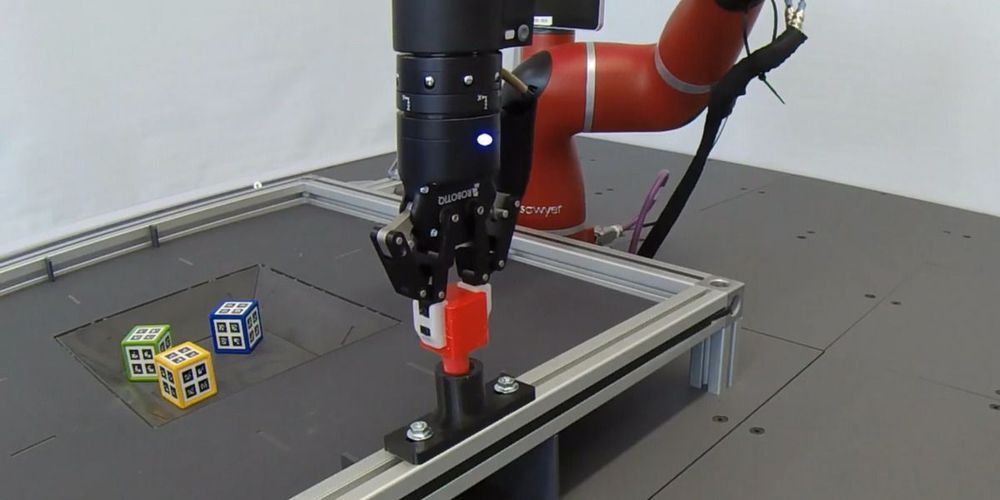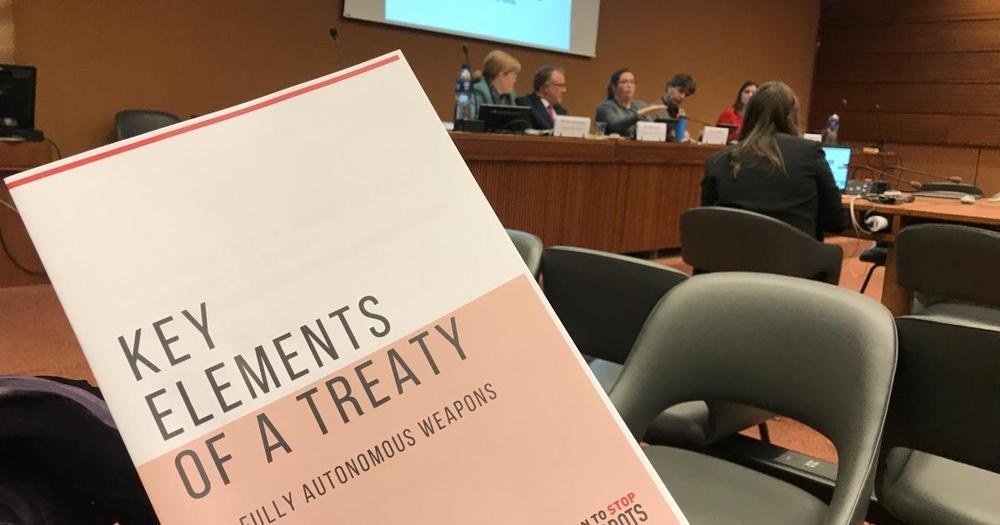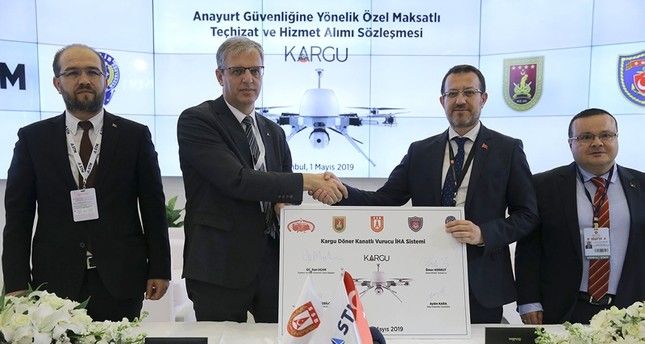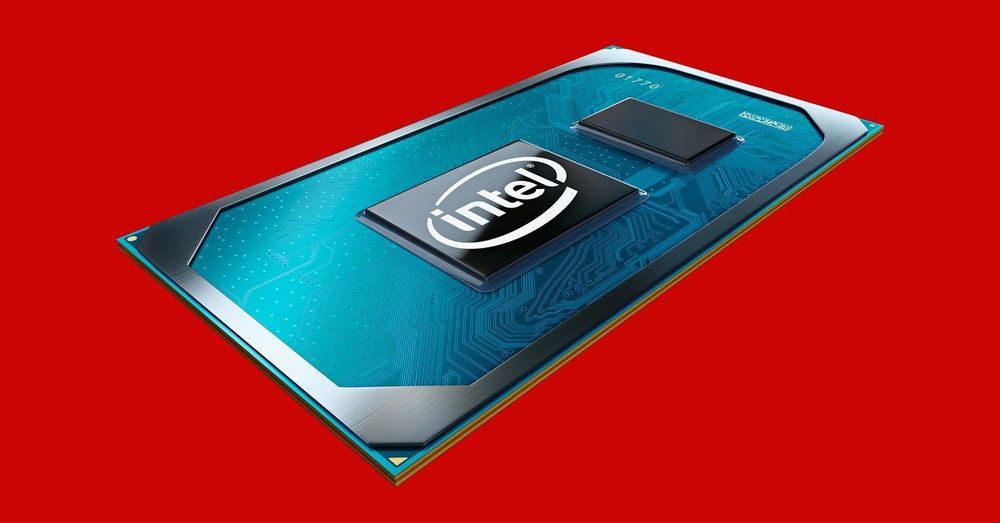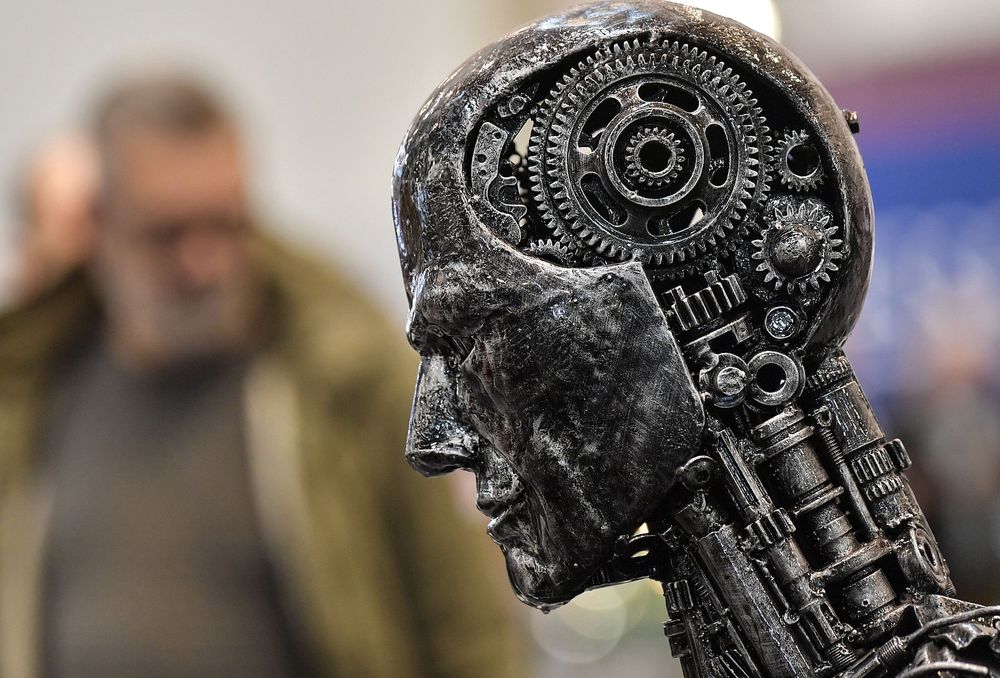Machine learning and deep learning are both forms of artificial intelligence. You can also say, correctly, that deep learning is a specific kind of machine learning. Both machine learning and deep learning start with training and test data and a model and go through an optimization process to find the weights that make the model best fit the data. Both can handle numeric (regression) and non-numeric (classification) problems, although there are several application areas, such as object recognition and language translation, where deep learning models tend to produce better fits than machine learning models.

